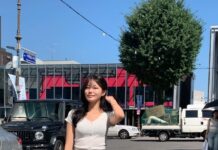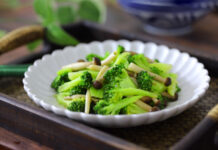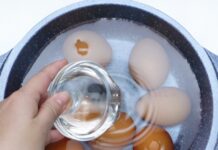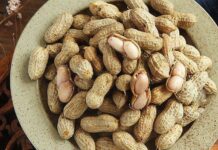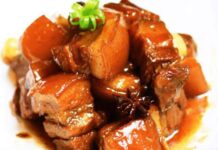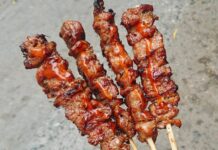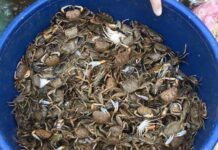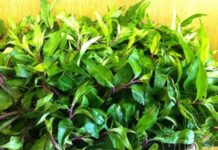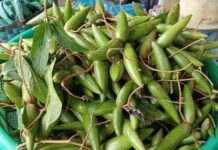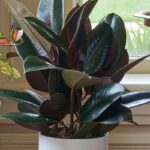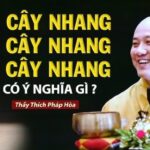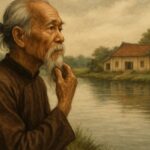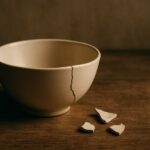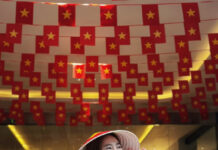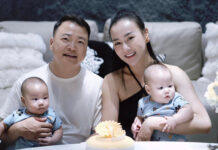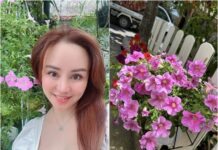In Vietnamese culture, ancestor worship is an indispensable traditional beauty. However, many people are still unsure about how to arrange an altar appropriately and in accordance with Feng Shui, especially when it comes to the placement of flower vases – an item that may seem small but holds profound spiritual significance.
Which side of the altar should the flower vase be placed on?
One of the most common questions is whether the flower vase on the altar should be placed on the left or right side. The answer depends on the number of flower vases the host uses.
When using only one flower vase
According to traditional Eastern principles, if there is only one flower vase on the altar, it should be placed on the left side (i.e., the East side when looking out from the altar). This principle is often referred to as “East for vases, West for fruit offerings” – meaning the flower vase belongs on the East side, while the tray of five types of fruit or offerings of fruit will be placed on the West (right) side.
This is not only based on Feng Shui but also has a deep symbolic meaning: the East is associated with beginnings, light, and life. Flowers represent growth and blooming, so placing them in the East direction brings harmony and good fortune. Meanwhile, fruit – the result – is placed in the West, representing the natural cycle: there are flowers before there is fruit.
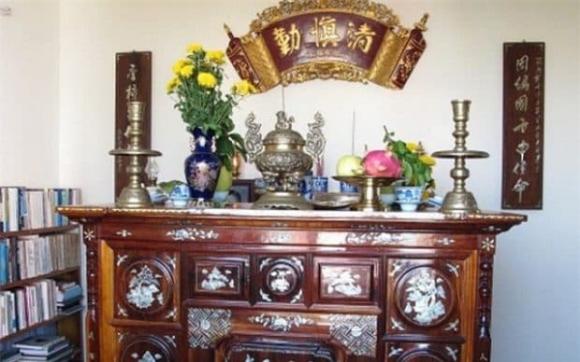
When using two flower vases
For altars with a more spacious layout, it is common to place two flower vases symmetrically on either side. In this case, the tray of five types of fruit is usually placed in the center, in front of the incense burner.
Symmetry creates a sense of solemnity and balance between Yin and Yang, as well as a feeling of abundance and prosperity. However, whether using one or two flower vases, what matters most is neatness, cleanliness, and sincerity in worship.
How to determine left and right on the altar
Note: Left and right are determined by the direction the altar faces, not from the perspective of someone standing in front of the altar. Therefore:
- The left side of the altar (left) is the East.
- The right side of the altar (right) is the West.
This distinction is crucial in arranging items, ensuring solemnity and harmony with the philosophy of the Five Elements.
Types of flowers suitable for offering on the altar
Not only the position but also the type of flower chosen for offering needs careful consideration. Here are some popular and auspicious flowers for ancestor worship:
Yellow chrysanthemums: A symbol of longevity, filial piety, and eternity. The yellow color also brings warmth and nobility, fitting for a spiritual space.
Lotus flowers: Associated with purity and Buddhism. Placing lotus flowers on the altar adds solemnity, purity, and reverence.
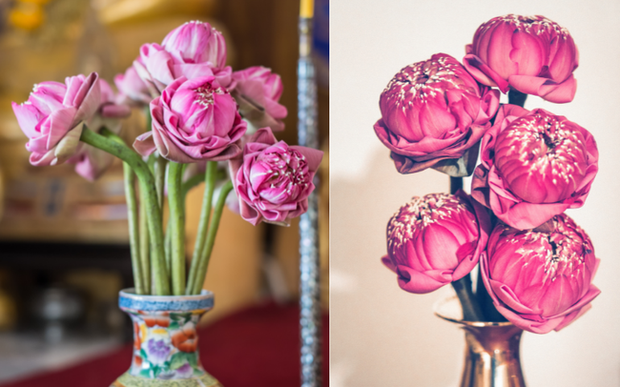
Red roses: Although often associated with love, red roses are also used in worship for their gentle fragrance and vibrant color, symbolizing good fortune, blessings, and prosperity.
Yellow apricot blossoms: Commonly seen during Tet (Vietnamese Lunar New Year), especially in the South. Apricot blossoms signify wealth, prosperity, and the festive atmosphere of spring.
What to avoid when choosing flowers for the altar
Do not use artificial flowers: While convenient and long-lasting, artificial flowers are considered insincere and inappropriate for a sacred space.
Avoid flowers with thorns: Flowers like roses should have their thorns removed before being placed on the altar. Flowers with sharp thorns often carry negative energy, affecting the Feng Shui of the space.
Do not choose wilted or bruised flowers: Offerings should be fresh and beautiful, with no signs of withering, as this shows disrespect to the ancestors.
The placement of the flower vase on the altar is not just a matter of aesthetics but also demonstrates an understanding of tradition and reverence for ancestors. Whether you choose to place one or two flower vases, it is essential to follow the Feng Shui principle of “East for vases, West for fruit” and act with sincerity. The altar is the most sacred space in a Vietnamese household, so arrange it with dignity, subtlety, and harmony with your living space.
The Ancient Wisdom: 5 Items That Drain Wealth and Prosperity When Kept at Home
The items we surround ourselves with in our homes can have a profound impact on our wealth and prosperity, according to ancient Feng Shui principles. By understanding and harnessing the power of these objects, you can enhance your financial luck and create a more abundant life. It’s not just about what you display but also how you remove and rearrange these items to encourage a positive flow of energy, attracting good fortune and prosperity.





